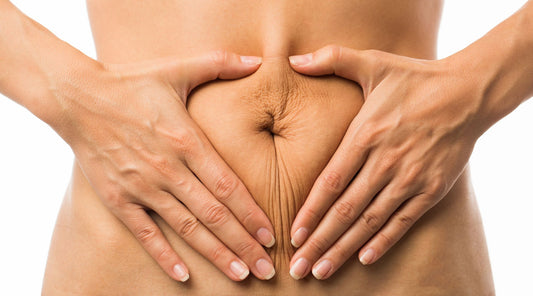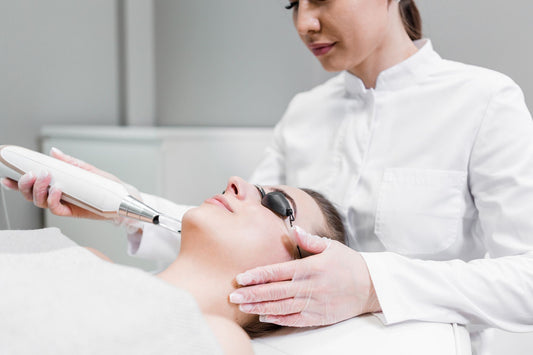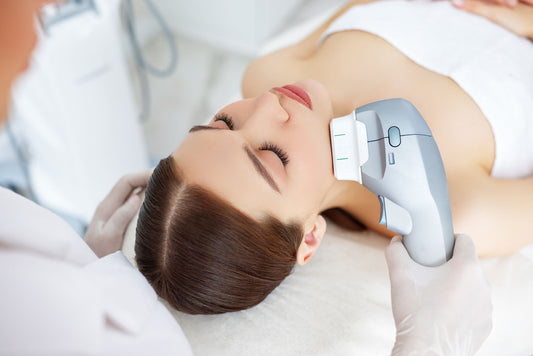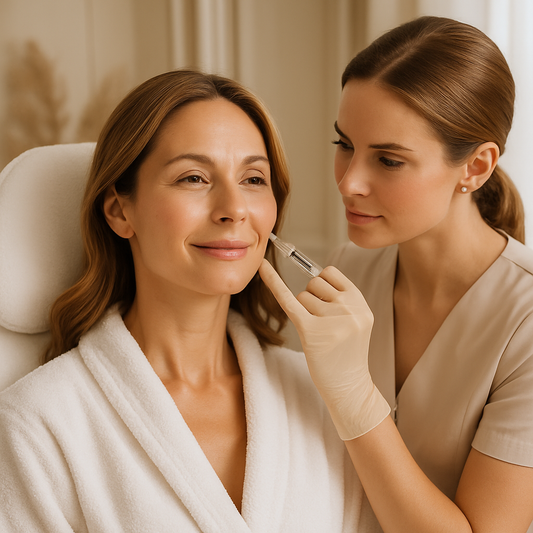Postnatal
Postnatal Symptoms: The Hidden Skin and Body Issues After Childbirth
Childbirth is a wonderful and transformative experience, but it can also leave new mothers with various skin and body issues that are not often talked about. From stretch marks to sagging skin, postnatal symptoms can be a source of frustration for many women. The good news is that these symptoms can be managed, and many new mothers turn to The Clinic Room for help.
At The Clinic Room, our practitioners are specifically trained to treat postnatal symptoms, and we routinely help new mothers restore their skin and body back to their pre-pregnancy state. Our treatments are safe and non-invasive, and we offer a range of solutions to address different postnatal symptoms.
Some of the common postnatal skin and body issues that we treat include:
Sagging skin: After pregnancy, the skin around the abdomen and other areas of the body can start to sag as the body returns to its pre-pregnancy state.
Stretch marks: Stretch marks are a common postnatal symptom and can appear anywhere on the body.
Fatigue: Many new mothers experience fatigue as their body adjusts to the demands of caring for a newborn.
Hair loss: Hormonal changes can cause hair loss, and this can be distressing for new mothers.
Fat Loss: Mummy tummy’s can easily be managed with Fat Freezing, and speed up the process to get ‘you’ feeling like you again.
Our practitioners are experts in postnatal symptoms, and we use the latest technology to help new mothers restore their skin and body. Our treatments include:
Laser skin resurfacing: This treatment uses laser technology to tighten the skin and improve its texture and tone.
HIFU (High-Intensity Focused Ultrasound): This treatment uses ultrasound technology to tighten the skin and improve its appearance.
Radiofrequency (RF): RF technology is used to improve skin tone and texture, and it can also help to tighten the skin.
Fat Freezing: Can help remove up to 25% fat in the treated area from a single session.
At The Clinic Room, we are dedicated to helping new mothers restore their skin and body after childbirth. Our practitioners are experienced and knowledgeable, and we use the latest technology to help our patients achieve their desired results. With our help, new mothers can feel confident and beautiful in their own skin once again.
Why do I have a Crooked Nose?
There are several causes for a crooked nose, including congenital defects, injuries, and genetics. Congenital defects occur when the nose does not develop properly during fetal development, while injuries can cause the nose to become crooked as a result of trauma or force. Genetics can also play a role, as a family history of a deviated septum may increase the likelihood of developing the condition.
How to fix a Crooked Nose?
For those who are unhappy with the appearance of their crooked nose or experiencing difficulty breathing, The Clinic Room offers surgical and non-surgical options to correct the condition.
Crooked Nose Surgery
Surgical correction, also known as rhinoplasty, is a procedure that involves reshaping the nose to improve its symmetry and function. The surgery is performed under general anaesthesia and typically takes several hours to complete. Recovery time can vary, but patients can expect to experience some swelling and bruising for several weeks following the procedure.
Dermal Fillers for Crooked Nose
For those who are not ready for surgery, or who want a non-surgical solution, The Clinic Room offers non-surgical nose reshaping using dermal fillers. This non-invasive procedure involves injecting a dermal filler into specific areas of the nose to improve its shape and symmetry. The procedure is quick and relatively painless, with results visible immediately and can last for several months.
Regardless of whether you choose surgery or a non-surgical option, The Clinic Room's team of experienced professionals will work with you to create a personalized treatment plan to achieve your desired outcome.
Suggested Treatments
-
Breast Lift
Regular price From £118.63 GBPRegular priceUnit price per -
Skin Tightening
Regular price From £116.5 GBPRegular priceUnit price per -
Laser Skin Resurfacing
Regular price From £129.83 GBPRegular priceUnit price per -
HIFU Facelift
Regular price From £199.00Regular priceUnit price per








